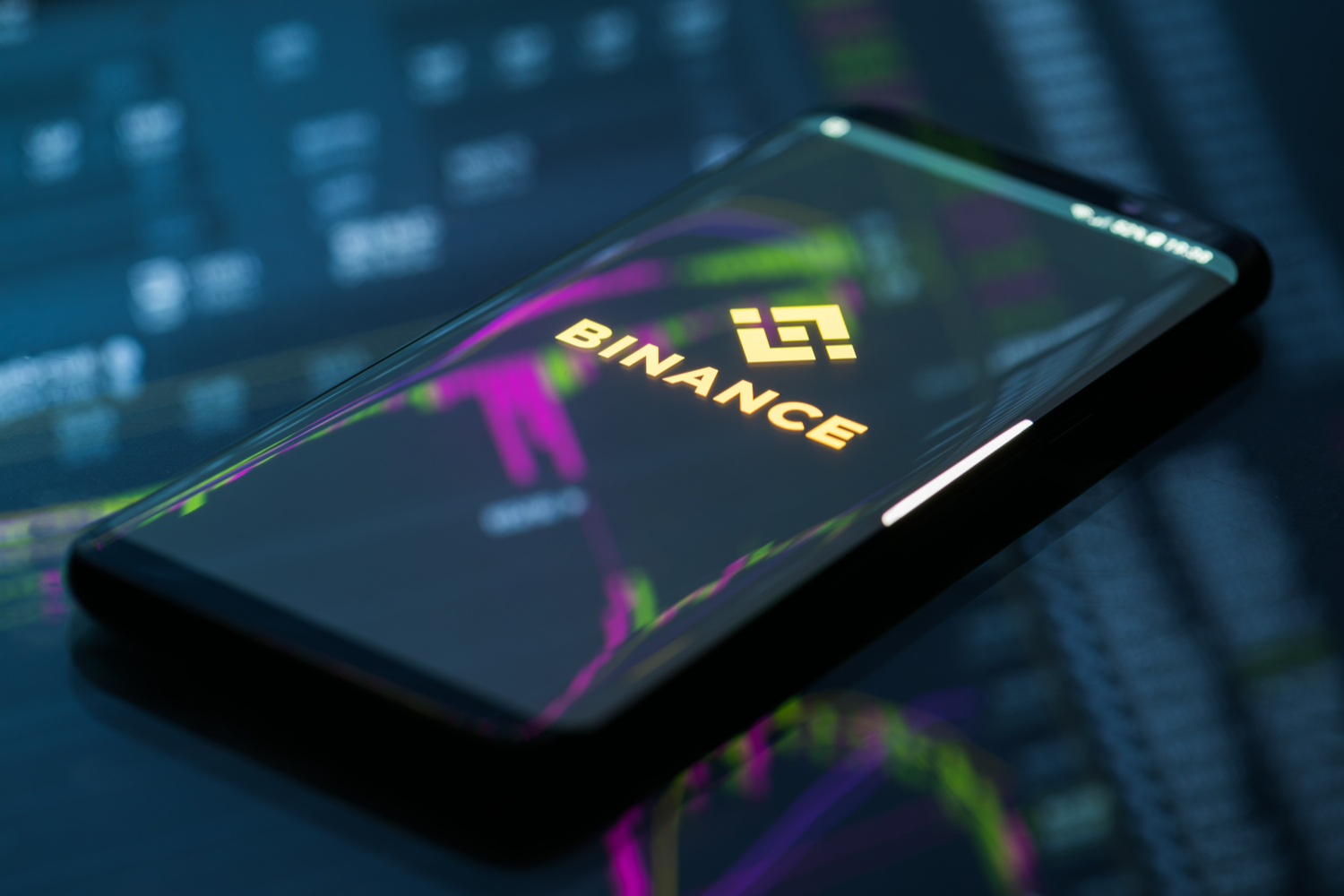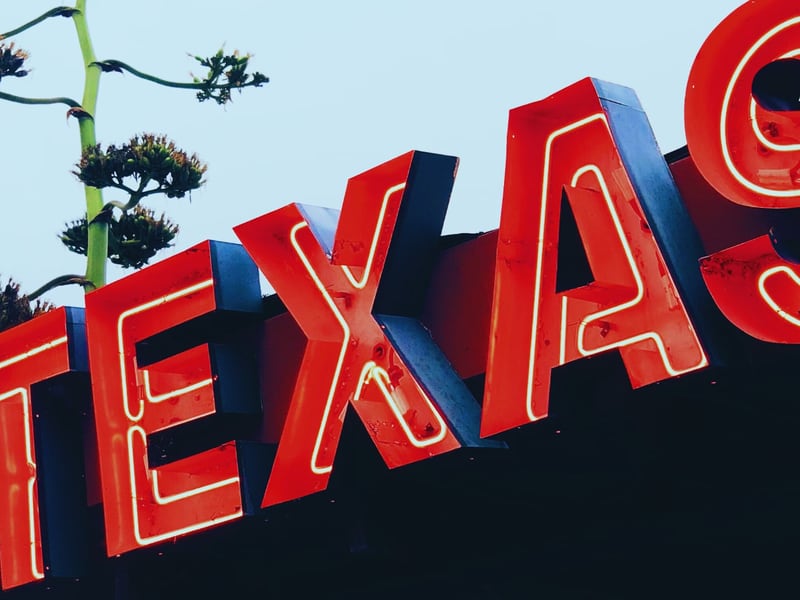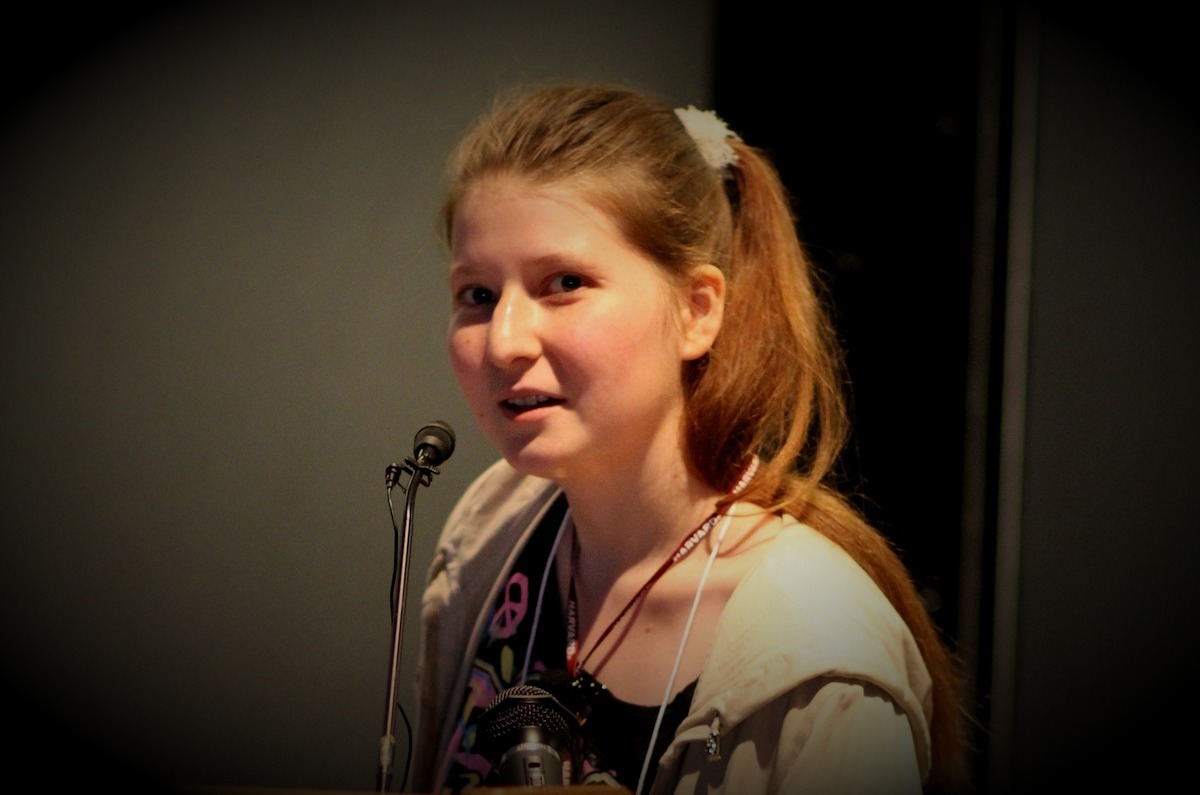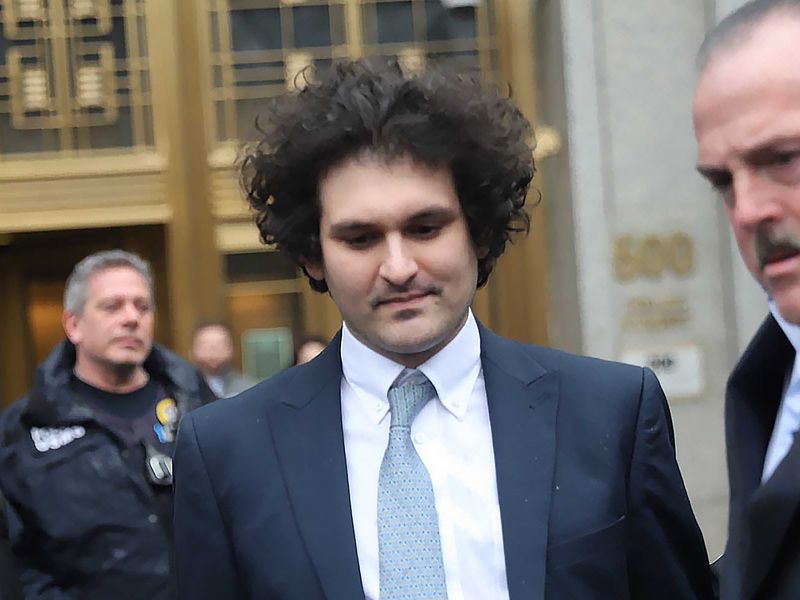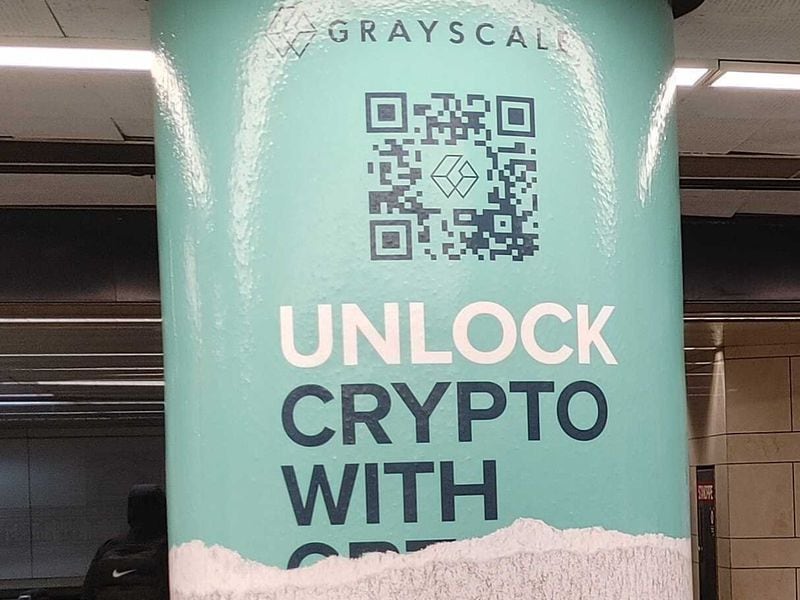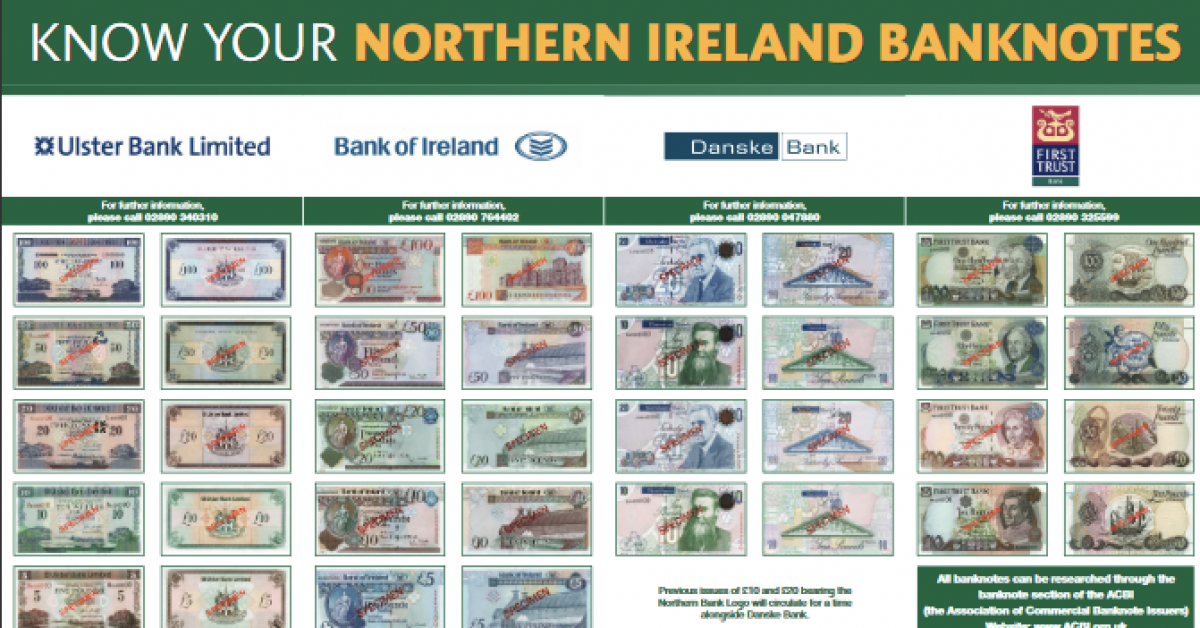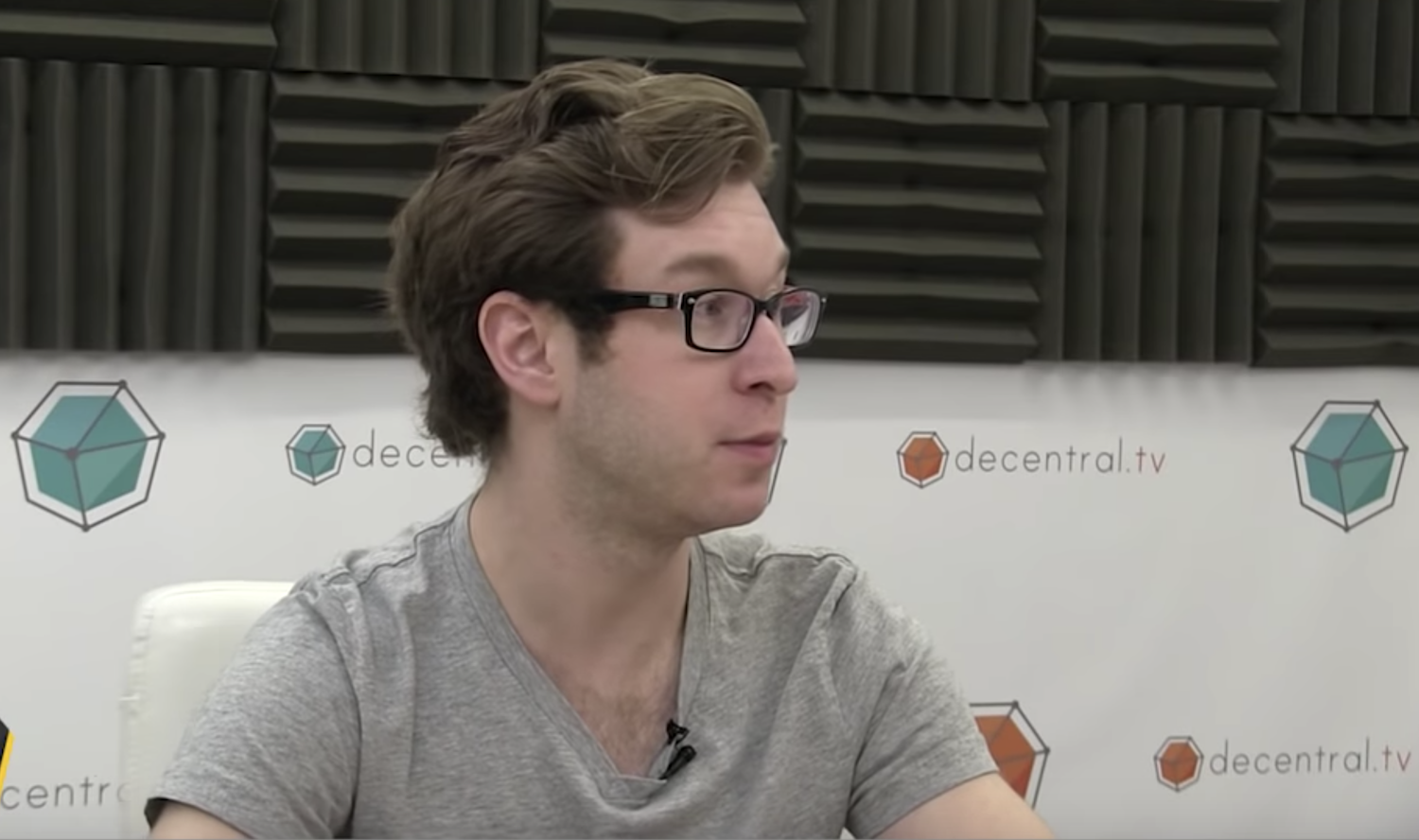MakerDAO’s Problems Are a Textbook Case of Governance Failure
MakerDAO CEO Rune Christensen image via CoinDesk archives
MakerDAO’s Problems Are a Textbook Case of Governance Failure
Cathy Barrera, a CoinDesk columnist, is a Founding Economist at Prysm Group, an economic advisory group, and was Chief Economist at ZipRecruiter. She has a PhD in Business Economics from Harvard.
The MakerDAO network is currently in a state of peril. The rapid drop in the price of ETH – which fell from roughly $200 on Wednesday, March 11 to a low of roughly $95 on March 12 (and it has since hovered around $110-$120) due to global market turmoil – reduced the value of the DAI’s collateral and triggered automatic liquidations. The already-clogged ethereum network could not quickly process additional collateral deposits by Vault holders, and the automated bots of Keepers, who play the role of liquidators, were not calibrated for the sudden increase in gas prices.
Some reports suggest that a stuck oracle triggered unnecessary liquidations even after the price of ETH rebounded. At least one enterprising Keeper successfully purchased auctioned ETH from Vaults for $0, resulting in a mass deficit (initially $4 millon, and now $5.7 million as of March 16) for the MakerDAO system. The situation is still actively developing as of the writing of this column; for more, see previous Coindesk articles.
Crises like these are the worst nightmare of the founding teams of decentralized platforms. Many would consider MakerDAO’s current situation to be the result of an impossible-to-foresee “black swan event” in ETH markets or broader crypto markets. They would argue that there was no way to plan in advance for such a situation to be managed. After all, the entire point of a “black swan event” is that its occurrence and timing cannot be reasonably anticipated ahead of time.
However, even though this particular crisis could not have been foreseen, there are steps that the Maker team could have taken to prepare for these unknown unknowns. This situation, while still actively developing, highlights that those teams who design DeFi networks cannot treat economic and governance design as “optional future TBDs.” They must proactively consider all possible (covarying) risks, assuming that users will behave in their own best interests, and make it a priority to implement governance systems that are robust to these sorts of crises.
What is governance?
As we have written about previously, the governance of a blockchain platform is distinct from its operational structures and rules.
When founding teams design blockchain platforms, they spend most of their time focused on the operational structures. These are the mutually agreed upon rules and processes put in place to help manage the day-to-day functioning of the platform and the interactions that users have with each other. For example, algorithms that assist in determining the next block in the chain, and the size of the block rewards granted to validators, are components of the operational structures. Many components of economic design, such as contract and marketplace design, fall under this category.
Governance, in contrast, is the set of mechanisms by which the stakeholders collectively make choices regarding changes or updates to a platform’s operational rules, and to make decisions regarding events that the operational rules do not address. If operational rules consist of all of the written procedures and agreements in black and white, governance is the set of processes that help us address the grey areas in between.
It is better to address these issues beforehand, rather than trying to repair the damage and pick up the pieces after.
From an economic point of view, governance is essential in any blockchain platform because market conditions inevitably change and black swan events are unavoidable. No matter how thorough or well-thought out a system design is, or how well-specified the algorithms of a platform are, there is always some future twist or turn that will cause users to need to change the rules of the protocol. In a firm or organization, executive leadership typically takes this role. In a decentralized blockchain platform, the community must have processes in place to take equivalent collective action.
Well-designed governance has many parts. There need to be clearly defined rules regarding the scope of problems the governance system can address; how proposals for actions are collected; who is allowed to participate in any voting or decision-making; how results are communicated; and how any decisions are enforced. A core component of any well-designed governance process is crisis governance.
What can MakerDAO teach projects about crisis governance design?
The MakerDAO community continues to discuss and debate the best path forward. As this crisis resolves, there are several lessons that blockchain projects can take as they proceed with their own governance design.
Crisis governance will be more necessary than founders think.
For founders of platforms who give so much to their projects, it can be difficult to contemplate that their users could potentially exploit the platform for their own personal gain. However, founding teams need to plan for a crisis occurs and not all users are on the platform’s side. A well-defined, pre-specified plan for crisis intervention by a set of trusted stakeholders is often necessary.
A core stakeholder role on the MakerDAO platform is the Keeper. From MakerDAO’s white paper, a Keeper is “an independent (usually automated) actor that is incentivized by arbitrage opportunities to provide liquidity in various aspects of a decentralized system. In the Maker Protocol, Keepers are market participants that help Dai maintain its Target Price ($1): they sell Dai when the market price is above the Target Price, and buy Dai when the market price is below the Target Price.”
As the price of ETH dropped and Vault liquidations were automatically triggered, Keepers could participate in auctions to purchase ETH from the liquidated Vaults. These auctions typically have multiple Keepers submitting bids, and effectively result in competitive exchange rates between DAI and ETH. But, given the high volume of liquidations, at least one Keeper was able to successfully bid 0 DAI for Vaults’ liquidated ETH over a 2-3 hour time period, fueling the multi-million dollar debt (AKA “negative system surplus”) that the platform is now trying to resolve.
Before this crisis, a founding team might argue that no individual Keeper would bid 0 DAI even if they could, because it would hurt the MakerDAO system’s credibility and reputation. However, when disaster occurred, this concern for communal well-being was not sufficient incentive to prevent one or more of these Keepers from taking advantage of the fact that they were the sole active Keeper in liquidation auctions.
Founding teams don’t want to contemplate that their projects might be faced with crises and might need to have levers to intervene rapidly.
Crisis governance needs to be well-specified in advance of the crisis.
MakerDAO was previously considered a strong project and a beacon of DeFi. Venture capital firms purchased over $34M of the MKR governance token in late 2019, signaling confidence in the Maker platform. However, this crisis situation has revealed the extent to which certain aspects of the Maker system – namely crisis governance procedures – were not fully specified.
MakerDAO’s white paper notes that the holders of MKR tokens – the platform’s governance token — and the MakerDAO Foundation have the option to engage in an emergency shutdown. However, the specific parameters under which these parties could – or should – elect to shut the platform down were not specified. Stakeholders who were unable to deposit additional collateral in their Vaults because of congestion in the ETH market were confused about whether a shut-down would occur, as well as whether they would be compensated by MakerDAO for losses from automatically-triggered liquidations if the platform continued to run. The community continued to be confused even after clarifying blog posts were posted by the MakerDAO leadership, as evidenced by the MakerDAO chat forum and subreddit.
Although the Maker team is now considering (and actively making) changes to the platform, the interim confusion caused significant distress in the community and a lot of time invested in determining next steps. Many stakeholders are now aggrieved because they feel that they were liquidated unfairly and with a much higher penalty than the previously-advertised 13 percent liquidation penalty.
Crisis governance may need the power to change fundamental platform parameters.
The choice of parameters for Vault liquidation auctions gave Keepers the opportunity to effectively get something for nothing. Instituting a reserve price, or minimum bid, for auctions of ETH liquidated from Vaults could have prevented ETH being sold for 0 DAI. Prior to the crisis, the Maker team had discussed the design of minimum bid increments, but to our knowledge had not considered a minimum bid.
An alternative to shutting down the platform would be to allow crisis governance to more quickly adjust fundamental platform parameters, such as the minimum bid in a liquidation auction. A crisis decision-making process that allowed the Maker team to quickly implement a minimum bid of DAI for ETH could have potentially mitigated the current situation. Specifying carefully not only the crisis governance process, but also what elements of the platform the process can address, can have a large impact on its efficacy.
It can be difficult in the early phases of platform design to have the tough conversations about in-the-weeds governance design. Hopeful founding teams don’t want to contemplate that their projects might be faced with crises and might need to have levers to intervene rapidly.
Without specifying these processes in advance and giving them sufficient flexibility and power, founding teams will be vulnerable to unexpected (yet not impossible) events like the ones we saw this week. As tough as it may be, it is better to address these issues beforehand, rather than trying to repair the damage and pick up the pieces after.
Prysm Group Associate Johnny Antos contributed to this article.
Disclosure Read More
The leader in blockchain news, CoinDesk is a media outlet that strives for the highest journalistic standards and abides by a strict set of editorial policies. CoinDesk is an independent operating subsidiary of Digital Currency Group, which invests in cryptocurrencies and blockchain startups.

